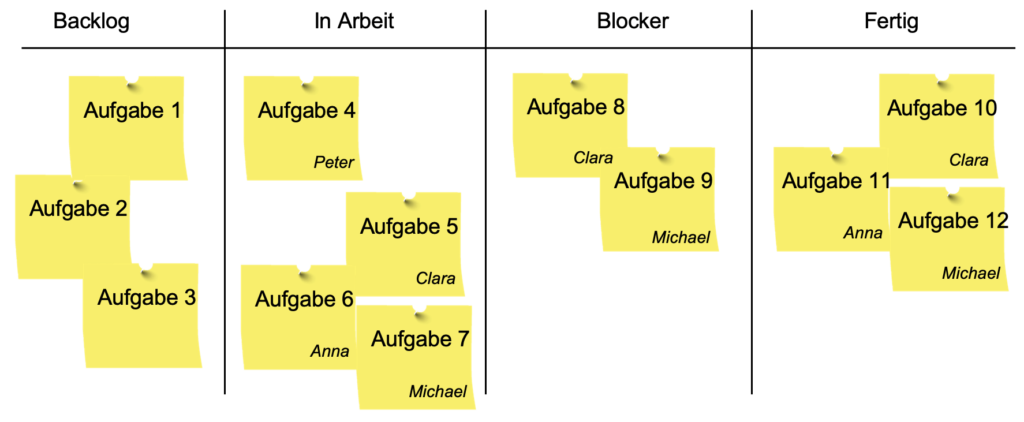To promote self-organization and transparency, there are now numerous software tools that are already used frequently. Communication and collaboration via software is an essential success factor, especially in virtual teams. Self-organization is probably the most important success factor, especially in complex environments with capricious customers, and specialists also demand more and more participation in decisions in the company.
Recently (2019) Xing asked over 17,000 of its members about salaries And a primary result is that every tenth XING user would change jobs for more meaningful work with greater self-organization. According to the study, Generation Y in particular places more value on meaning in their job than on the “pure paycheck at the end of the month”.
Managers are responsible for ensuring the performance and motivation of distributed teams. How the motivation is ensured I have shown in another article. Today I would like to go into what the correct use of tools did with an organization or with a team that I led in 2018-2019.
Reading tip: Control in the home office
Boards in Jira and queues in ticket systems
Boards and ticket systems are a first option for managing, distributing and visualizing tasks. The big advantage is the time saved through meetings and progress reports, which we have now been able to do away with. The tool serves as an information node. So it distributes the knowledge about who is doing what at what time.

It’s a bit more structured in the classic context. A more detailed mapping can be made there with the help of a ticket system. You will notice that each new task is first assigned to a system user. It was then my job to specify the ticket and check the content. In the ticket system you can also see exactly who is working on what and how old each ticket is.

Regardless of whether you take boards or ticket systems. It is the same only in a different representation or optimized for agile / classic methods. In both presentations, it is important to discuss the tool with the team at regular meetings.
The meeting in front of the board or the queue
The most important thing is the weekly or daily meeting to organize and sort the tool together. As a team, we met via screen sharing and went through item by item (task, task, ticket in the tool) together.
Important : A tool “littered” quickly. It is important to maintain every item and fill in all relevant fields. Otherwise you will quickly have 1000 items and nobody can find their way around. The task of a manager is to keep queues small (max. 30 items) and clean (fields filled in) or to plan the sprint backlogs sensibly in Scrum.
We clarified the importance and content of each item. Then we roughly distributed the items. During this time, my job was to specify new items in the queue and fill in relevant fields such as status, keywords and check the content.
Important : The center of attention and distribution of tasks is no longer you as the team leader but the software tool that you present to the team and that you regularly check and maintain.
Conclusion: from manager to software user
The use of technology for team management creates more transparency and flat hierarchies. As a team leader, it feels like a demotion in the first step: you change from a team leader to an administrator / user of a tool. I believe that this is why many team leaders oppose this, as leadership is often seen as a prestige and special function.
Using the software is hard work and it took me a lot of effort. The advantages of this were significantly higher efficiency and such a high level of transparency that I was able to communicate a status and a clear status to management at any time. I have never regretted taking my job as a team leader very seriously and using new methods to get rid of myself with a tool.
Meanwhile, I have a department head and have also supported my middle management level with such tools and organized a very flat and transparent distribution of tasks between 4 teams.
My conclusion after 3 years now is that the influence of a manager even increases as a result, since only you yourself manage the board, i.e. the central information node and also define rights (who can finish a task) and processes (which phases go through) tasks can. You also always have a status for management and appear confident. You can react quickly and safely, especially when blocking. After 3 years I can say: it feels strange at first but actually only brings advantages.
[werbung] [fotolia]


